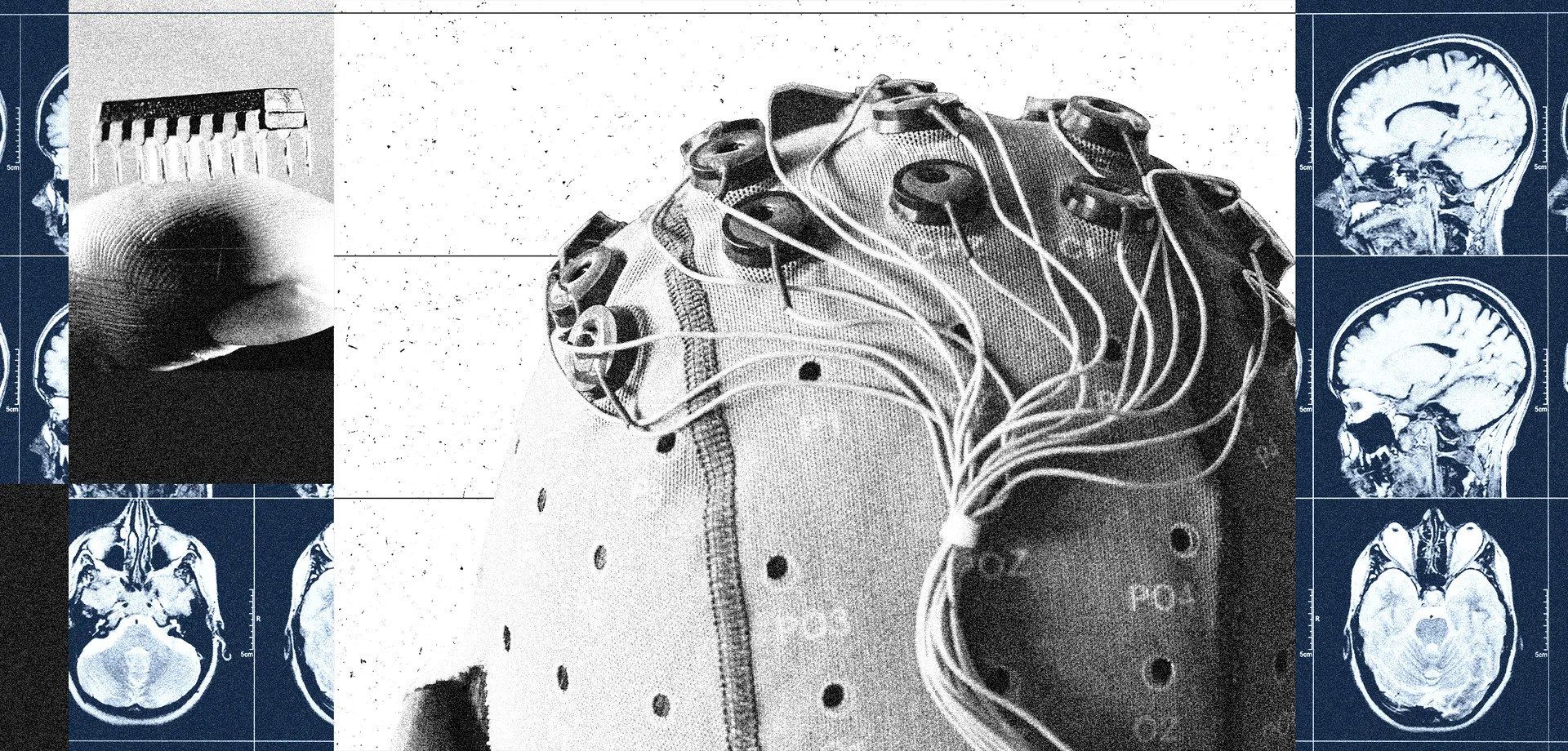What Exactly Is a Brain-Computer Interface, and Why It Matters?
- BySachin Kumar
- 29 Aug, 2025
- 0 Comments
- 2

A Brain-Computer Interface (BCI) is a technology that creates a direct link between the human brain and an external device, such as a computer, robotic arm, or smartphone. By reading and decoding brain signals, BCIs allow thoughts to be translated into digital commands.
Originally studied in the 1970s, BCIs were once bulky and unreliable. Today, companies like Neuralink in the US and NeuroXess in China are developing advanced versions. BCIs come in two main forms:
-
Invasive (Implantable): Chips implanted in the brain, helping paralyzed patients control devices.
-
Non-Invasive (Wearables): Headsets, earphones, or glasses that measure brain activity through sensors.
Applications include:
-
Medical: Restoring movement, speech, or communication for patients with paralysis.
-
Safety: Monitoring worker alertness in industries like mining, nuclear power, or transportation.
-
Consumer Tech: Devices for gaming, productivity, or driver alertness.
China’s new policy aims to make BCIs mainstream by 2027–2030, positioning itself alongside the US in this futuristic technology race. For millions of patients, BCIs could mean greater independence and quality of life.
Tags:
Post a comment
Can U.S. Robot Cargo Planes change the balance in Indo-Pacific?
- 28 Aug, 2025
- 2
India consolidates immigration laws with strong oversight!
- 07 Sep, 2025
- 2
ChatGPT’s next act: messaging meets social features!
- 17 Oct, 2025
- 2
Ukraine blackout: Russia’s drone-missile onslaught cripples power!
- 17 Oct, 2025
- 2
When Apps turned policy : India’s geo-national tech rule!
- 29 Sep, 2025
- 2
Categories
Recent News
Daily Newsletter
Get all the top stories from Blogs to keep track.

















